From garden to table: 5 spring superfoods to grow at home
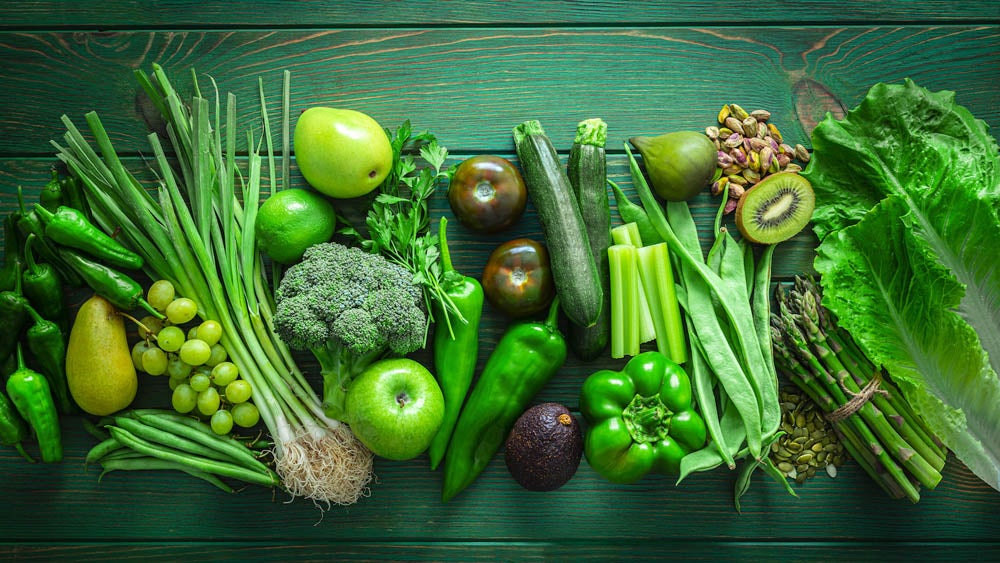
Spring is in the air and soon plants everywhere will bloom and fruit! Spring can be a beautiful season representing new beginnings. Many people start flower gardens in the spring. It is also a great time to start a nutritious garden. Here are five foods you can grow at home on your porch or in your backyard.
Tomatoes
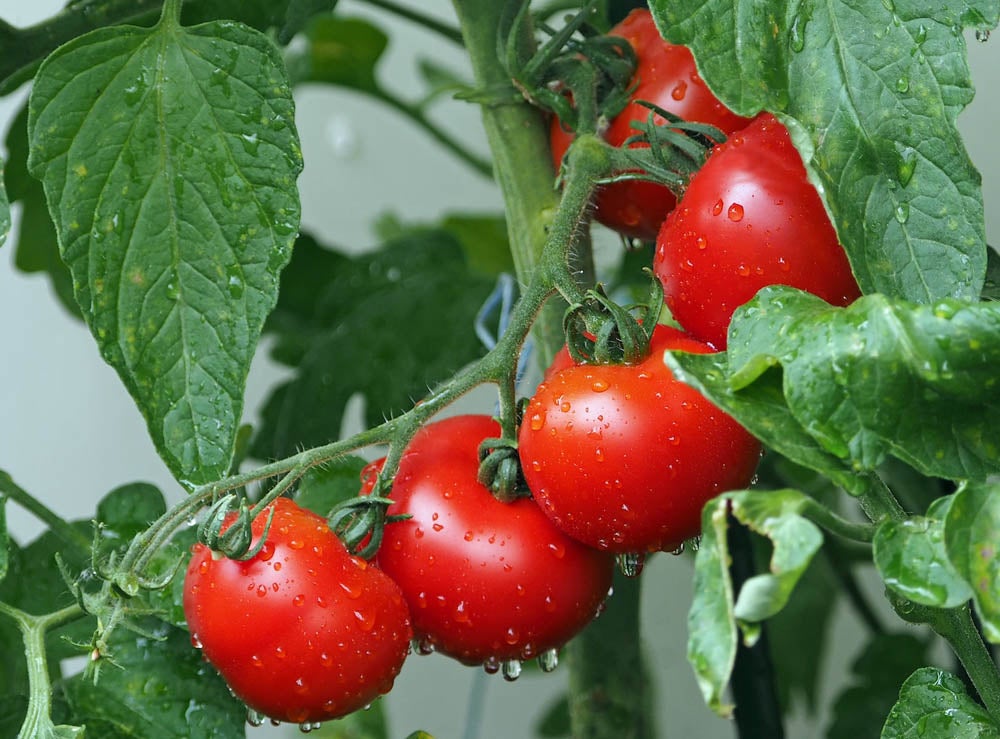
Tomatoes are versatile in almost any style of cooking. They are packed with lycopene, an antioxidant that can help maintain heart health. Tomatoes are also a great source of vitamin C, potassium, and vitamin K. Tomatoes love warmth, so plant the seeds at the end of spring. Make sure they have plenty of sunlight and water. They can take two to three months to mature.
Cucumbers
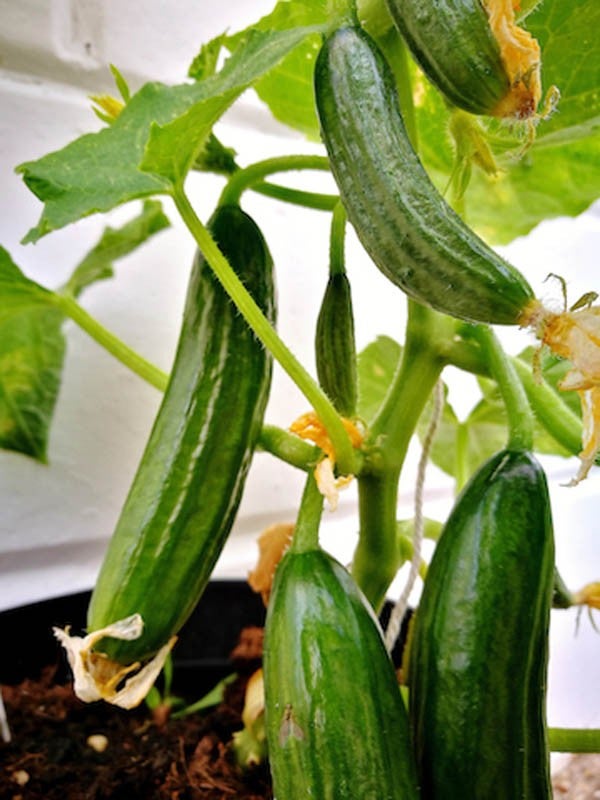
Cucumbers are a low-calorie, water-infused treat for warmer weather. Full of vitamin K and minerals like magnesium and potassium, cucumbers easily fit into a balanced diet. Plant your seeds in indoor pots at the beginning of the spring. Transfer your seedlings to the soil once the soil starts to warm up. This can take about three weeks. Cucumbers thrive in full sun with plenty of water and warm temperatures.
Bell peppers
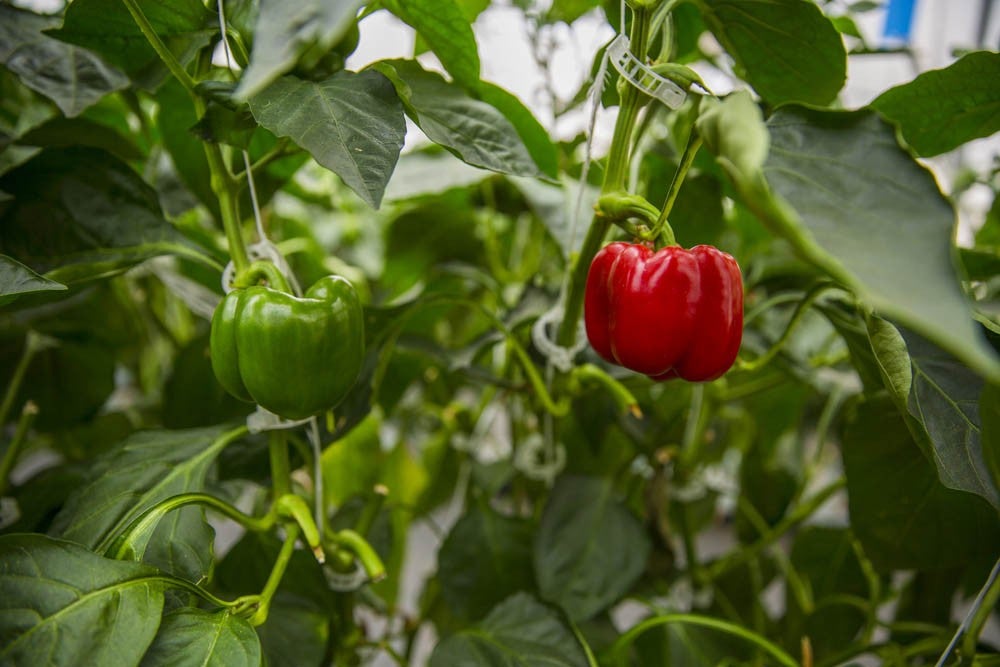
Bell peppers come in a variety of colors, and each has a unique flavor. They are both sweet and savory with mild spice. This makes them a refreshing addition to a salad or sandwich. They are rich in vitamins C, B6 and E. You can plant your seeds indoors two months before the weather gets warmer. You can also plant starter plants two to three weeks after the last frost. Most peppers can tolerate close-to-freezing temperatures and thrive in temperatures as warm as 90°F. Make sure your bell peppers get plenty of sunlight and water.
Scallions
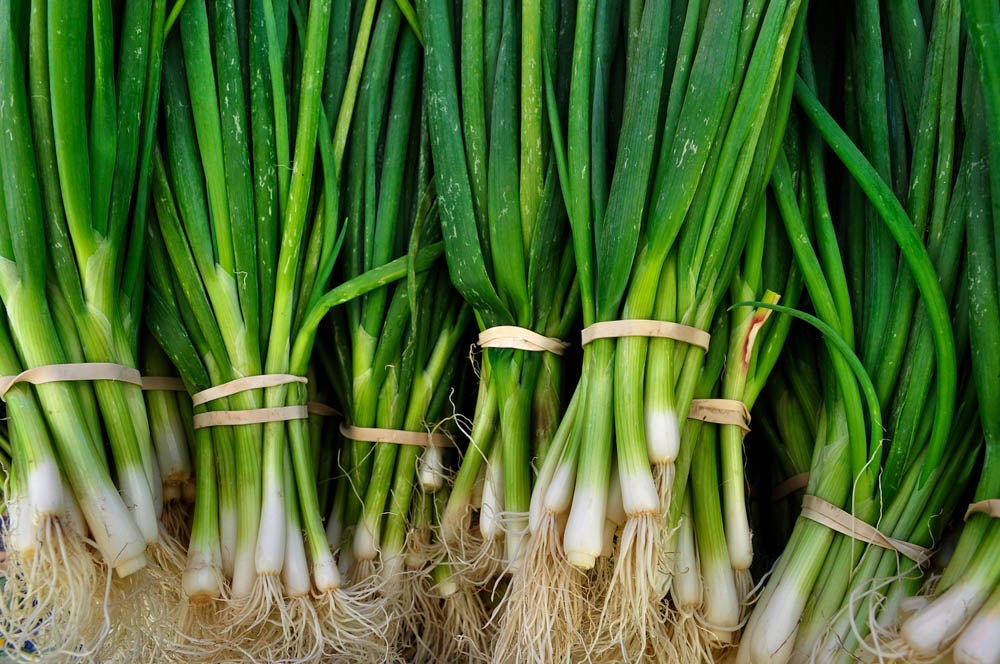
Also known as green onions, scallions are full of vitamin K, which helps support bone health. They contain highlevels of bio-nutrients that can help fight infection. You can easily grow your own by submerging the roots of store-bought scallions in a cup of water. Place your cup near a window that gets plenty of sunlight. For a more nutrient-rich harvest, grow yours in soil. Plant your seeds in early spring indoors. After about one month, move your seedlings to soil. Make sure they get full sun, and water them regularly.
Snap peas
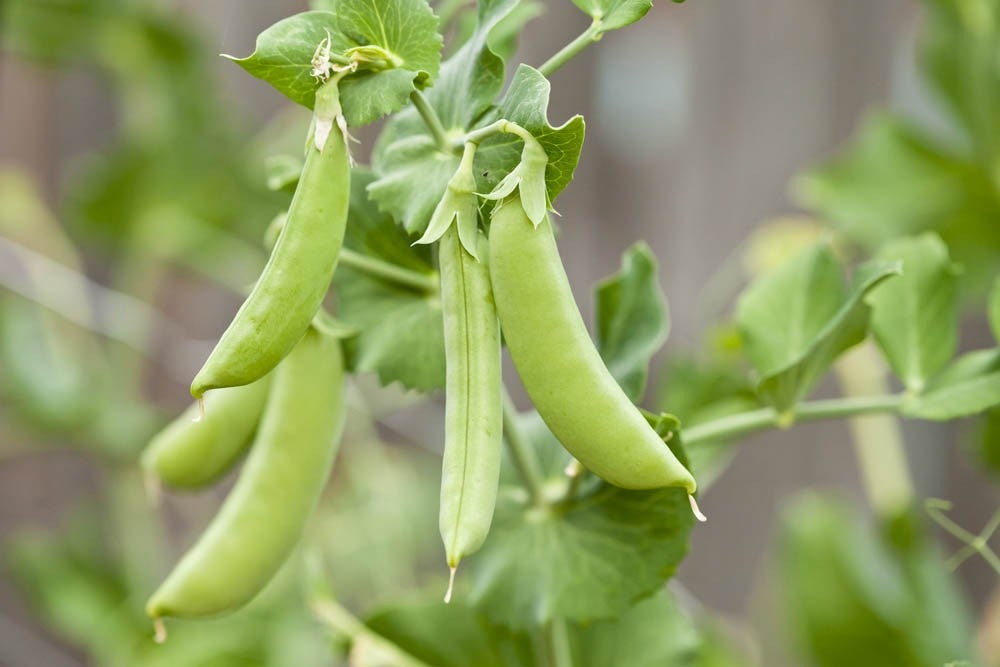
Snap peas are a non-starchy vegetable. This means that they can help you manage your blood sugar. They are rich in fiber, which can help regulate your digestive system. They are full of vitamin K, low in sugar and low-calorie. Snap peas love cool weather, so plant them in the early spring after the last frost. Make sure your peas have at least six hours of sunlight, and water them regularly.
Was this article helpful?
Don't wait! Unlock a healthy, happy new year, at no cost to you.
This content is not intended to be a substitute for professional medical advice, diagnosis or treatment. Always seek the advice of your physician or other qualified health provider with any questions you may have regarding a medical condition.
